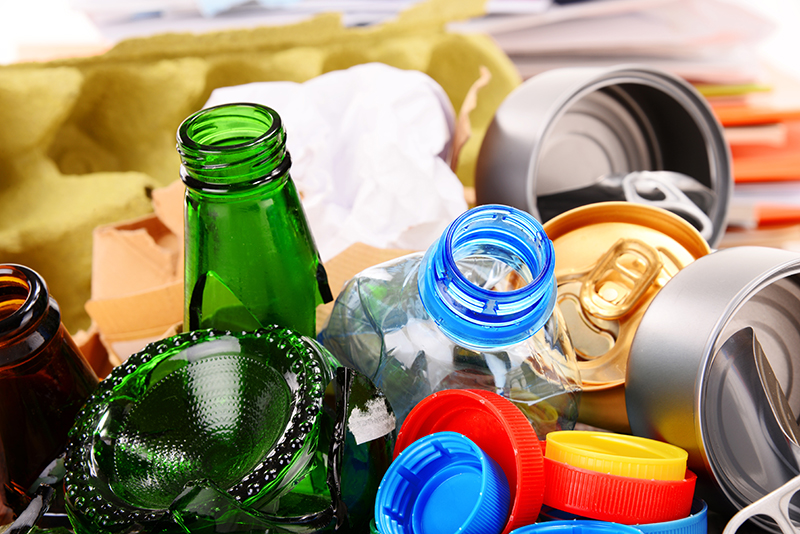
By Winfried Muehling, director of marketing and communications, Pro Carton
THE UK witnesses an impressive 70% collection and recycling rate for paper and cartonboard materials (Confederation of Paper Industries). With the remarkable potential for fibres to be recycled up to 25 times, the environmental merits of cartons and cartonboard cannot be disputed. However, as we entered 2023, a nuanced debate unfolded concerning the prioritisation between reuse and recyclability principles within packaging materials. This discussion gained significance ahead of the potential Packaging and Packaging Waste Regulations (PPWR) taking effect across the EU in 2024.
Currently, regulators are trying to abolish plastic packaging entirely, but the true solution lies in reduction, proper collection, and recyclability. Monomaterials, products composed of a single material, with clear recyclability and reuse instructions to the consumers, can be part of the solution.
Consumer demands are beginning to meet the industry’s sustainability agenda, but with the cost-of-living crisis deemed as the biggest issue facing purchasing habits for 84% of Brits (European Consumer Packaging Perceptions, Pro Carton, 2021), and 80% believe the crisis has affected the way they search for sustainable products. This has led to just 14% of Brits believing a sustainable lifestyle has become ‘very much more important to them’ over the last two years, trailing behind continental Europe. Though it is important to note, we are seeing half of consumers switching brands if the packaging is non-recyclable, a hopeful figure as we enter 2024 and continue to promote the benefits of folding cartons and cartonboard.
In 2023, Pro Carton members continued to showcase the innovative and flexible nature of cartonboard packaging while prioritising recyclability and biodegradability. The ongoing discussions on how best to repurpose packaging after its initial use all contribute to fostering a circular economy. Thanks to recent technological advancements, all sustainable packaging materials meet the requirements for the safe storage and transport of perishable products but also address concerns related to controversy and unnecessary food waste.
The use of recyclable packaging versus other alternatives depends on several influencing factors, such as consumption habits, type, transportation, storage, consumer preferences, and the necessary collection and return infrastructure. Influencing factors highlight the need for informed decisions that empower business owners to withstand rigorous environmental checks.
Cartonboard packaging, tailored to meet product requirements, uses either virgin fibre or recycled fibres as the base material. While Scandinavia predominantly produces cartonboard from virgin fibres, many of Pro Carton members’ mills specialise in recycling collected materials to produce recycled fibre boards. This has led to the development of a balanced and market-compliant system across Europe, benefiting all members of Pro Carton and most importantly also the environment.
Despite changes in the applications of cartons and cartonboard driven by industry discussions and factors from the past year, it remains crucial to emphasise the significance of European forests in providing fibre-based packaging materials.
Europe’s forestry industry plays a vital role by absorbing approximately 20% of the continent’s greenhouse gas emissions. Consequently, the cartonboard industry contributes significantly to mitigating the adverse effects of climate change.
The future of the cartonboard market for Pro Carton and its members responds to the evolving landscape of sustainable packaging, especially within the UK. As consumer demand for eco-friendly solutions grows, the emphasis lies on enhancing recycling rates. Advocating for mandatory collection targets of 90% across Europe and establishing a harmonised collection system is imperative for efficient sustainable packaging practices.
The era of ‘recycle ready’ is past. Consumers must see that separation and collection efforts are rewarded with actual recycling processes. Emphasising reuse viability hinges on facilitating return and cleaning infrastructure or easily installable systems.
In a circular world, multiple packaging solutions are needed to meet various usage occasions and consumer preferences. Recycled and reusable systems can coexist, as reflected in the latest PPWR vote in the European parliament. Choosing the best option based on scientific research will deliver optimal solutions for our environment. The way forward is both and, not either or.












